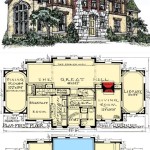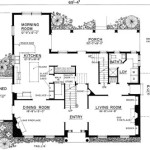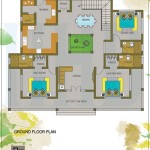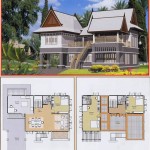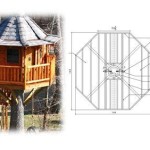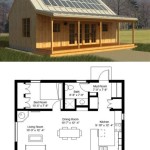How to Create a Tiny House Floor Plan
Planning the layout of your tiny house is an essential step in the building process. A well-designed floor plan will maximize space, create a comfortable and functional living environment, and ensure that your tiny house meets your specific needs.
Here are some essential aspects to consider when creating a tiny house floor plan:
1. Define Your Needs
Before you start designing your floor plan, it's important to define your needs and priorities. Consider your lifestyle, how you plan to use the space, and what features are most important to you. Do you need a separate bedroom? A dedicated workspace? Ample storage? Identifying your needs will help you create a floor plan that is tailored to your specific requirements.
2. Determine Your Space
The size of your tiny house will play a major role in determining the layout of your floor plan. Measure the available space carefully and consider the dimensions of your furniture and appliances. Every square foot counts in a tiny house, so it's important to use space efficiently.
3. Establish a Functional Layout
The layout of your floor plan should be functional and flow smoothly. Consider how you will move through the space and how each area will be used. Place the kitchen near the dining area, the bedroom near the bathroom, and the living area in a central location. Avoid creating dead ends or awkward transitions between rooms.
4. Maximize Natural Light
Natural light can make a tiny house feel more spacious and inviting. Position windows and skylights strategically to maximize natural light throughout the day. Consider using light-colored walls and reflective surfaces to bounce light around the space.
5. Incorporate Storage
Storage is crucial in a tiny house. Plan for ample storage space throughout the floor plan. Utilize vertical space with shelves and cabinets. Consider built-in storage solutions under beds and stairs. Every nook and cranny can be used for storage.
6. Create a Cozy Atmosphere
Even though tiny houses are small, they can still feel cozy and comfortable. Use warm colors, soft textures, and thoughtful lighting to create a welcoming atmosphere. Consider incorporating a fireplace or woodstove for added warmth and ambiance.
7. Consider Multi-Purpose Spaces
In a tiny house, every square foot needs to serve multiple purposes. Design spaces that can be used for multiple functions, such as a living room that also serves as a guest room or a kitchen island that doubles as a dining table. Multi-purpose spaces save space and add flexibility to your tiny house.
8. Seek Professional Help
If you're not confident in your design abilities, consider hiring an architect or designer to create a professional floor plan for your tiny house. A professional can help you optimize space, create a functional layout, and ensure that your floor plan meets building codes.
Conclusion
Creating a tiny house floor plan requires careful planning and consideration. By following these essential aspects, you can design a floor plan that meets your specific needs, maximizes space, and creates a comfortable and functional living environment.

Tiny House Plan Examples

Tiny House Design Floor Plans

Tiny House Floor Plans 32 Long Home On Wheels Design Trailer

Tiny House Plan Examples

Small Home Design Live 3d

A Three Full Bed Tiny House Design Floor Plan With Twin And Queen Upstairs No Storage Loft Plans Small

Tiny House Plan Examples

New Tiny House Plans Blog Eplans Com

Tiny House Design Floor Plans

10 X 20 Tiny Home Designs Floorplans Costs And Inspiration The Life

